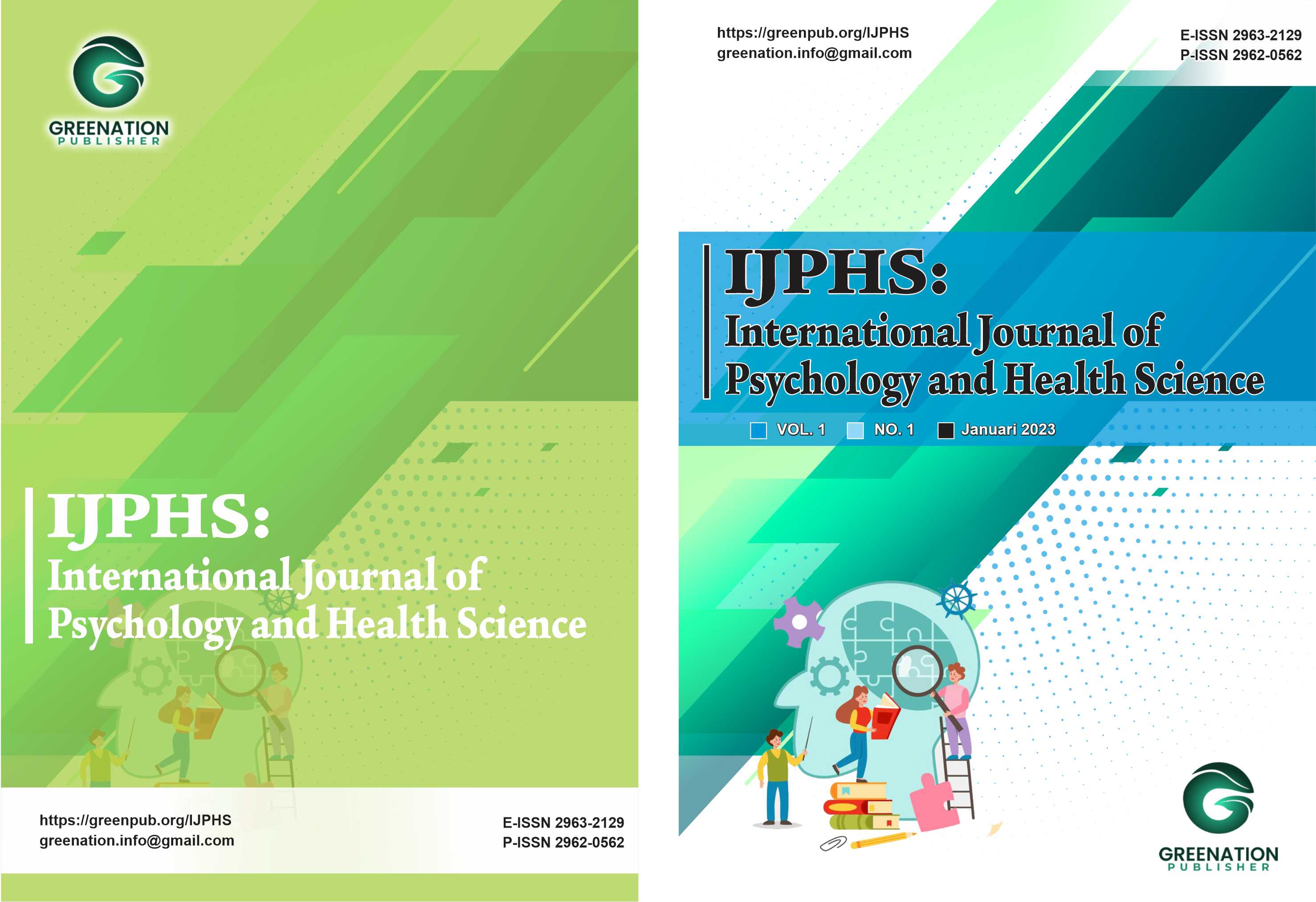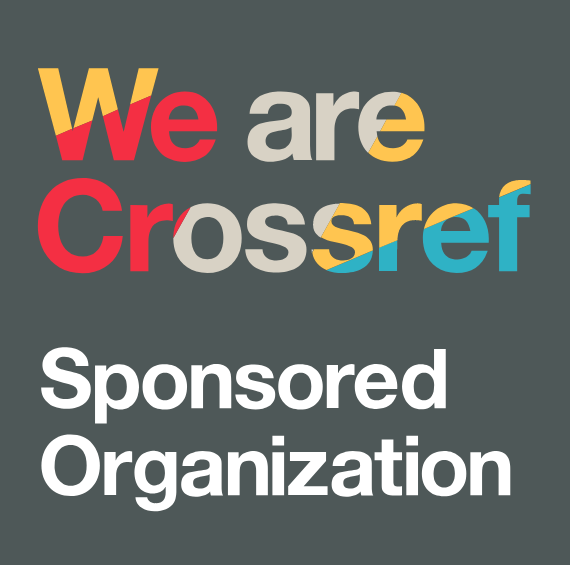Determinant Attitude and Employee Recruitment: Analysis Psikotest, Assessment, Behavioral Event Interview and Experience (Study Literarture)
DOI:
https://doi.org/10.38035/ijphs.v1i1.83Keywords:
Employee Recruitment, Attitudes, Psychological Tests, Assessments, Behavioural Event InterviewAbstract
The purpose of this research is to find out what factors can influence the employee recruitment process, This article aims to review and synthesize a literature review related to attitudes, employee recruitment, psychological tests, assessments, and behavioural event interviews and to see the research results of the variables to be reviewed and whether there is an influence between one variable and another. This study uses a literature review by looking for references related to the variables of several international articles. This study provides an overview of the articles obtained by describing the influence between variables. The results of the study show that several variables have an influence on the evidence of exposure in a matrix. The employee recruitment study in this literature summary article explicitly focuses on supporting variables that can accelerate employee recruitment efficiently, namely attitudes, psychological tests, assessments, and behavioural event interviews.
References
Breaugh, J. A. (2008). Employee recruitment: Current knowledge and important areas for future research. Human Resource Management Review, 18(3), 103–118. https://doi.org/10.1016/j.hrmr.2008.07.003
El Ouirdi, M., El Ouirdi, A., Segers, J., & Pais, I. (2016). Technology adoption in employee recruitment: The case of social media in Central and Eastern Europe. Computers in Human Behavior, 57, 240–249. https://doi.org/10.1016/j.chb.2015.12.043
Ertz, M., Rouziès, D., & Sarigöllü, E. (2022). The impact of brand equity on employee attitudes. European Management Journal, February 2021. https://doi.org/10.1016/j.emj.2022.09.009
Heller, J. (2019). Assessment structures in psychological testing. Journal of Mathematical Psychology, 91, 1–13. https://doi.org/10.1016/j.jmp.2019.02.003
Kielblock, S., & Woodcock, S. (2023). Who ’ s included and Who ’ s not?? An analysis of instruments that measure teachers ’ attitudes towards inclusive education *. Teaching and Teacher Education, 122, 103922. https://doi.org/10.1016/j.tate.2022.103922
Kuo, L., Chang, T., & Lai, C. C. (2022). Research on product design modeling image and color psychological test. Displays, 71(July 2021), 102108. https://doi.org/10.1016/j.displa.2021.102108
Kurpis, L. H., & Hunter, J. (2017). Developing Students’ Cultural Intelligence Through an Experiential Learning Activity: A Cross-Cultural Consumer Behavior Interview. Journal of Marketing Education, 39(1), 30–46. https://doi.org/10.1177/0273475316653337
Lamon, T. K., Slater, M. R., Moberly, H. K., & Budke, C. M. (2021). Welfare and quality of life assessments for shelter dogs: A scoping review. Applied Animal Behaviour Science, 244(November 2022), 105797. https://doi.org/10.1016/j.applanim.2021.105490
Lendoiro, E., de Castro, A., Jiménez-Morigosa, C., Gomez-Fraguela, X. A., López-Rivadulla, M., & Cruz, A. (2018). Usefulness of hair analysis and psychological tests for identification of alcohol and drugs of abuse consumption in driving license regranting. Forensic Science International, 286, 239–244. https://doi.org/10.1016/j.forsciint.2018.03.023
Mendak-Zió?ko, M., Konopka, T., & Bogucki, Z. A. (2012). Evaluation of select neurophysiological, clinical and psychological tests. 325.
Moore, S. J., Durst, P. T., Ritter, C., Nobrega, D., & Barkema, H. W. (2020). Effects of employer management on employee recruitment, satisfaction, engagement, and retention on large US dairy farms. Journal of Dairy Science, 103(9), 8482–8493. https://doi.org/10.3168/jds.2019-18025
Nwachukwu, J. I., Clarke, L. J., Symeonakis, E., & Brearley, F. Q. (2022). Assessment of Human Exposure to Food Crops Contaminated with Lead and Cadmium Department of Environmental Management , Federal University of Technology , Owerri , Department of Natural Sciences , Manchester Metropolitan University , Chester Street , Correspondence?: Dr Joseph Ikechukwu Nwachukwu , Environmental Management ,. Journal of Trace Elements and Minerals, 100037. https://doi.org/10.1016/j.jtemin.2022.100037
Pariav, M., Khalaji, A., Hashemi, S. Z., & Radfard, M. (2018). Assessment of prioritizing the effective factors on human resources effectiveness (Case study: Tehran Industrial Parks Organization). Data in Brief, 19, 2455–2467. https://doi.org/10.1016/j.dib.2018.07.017
Pessach, D., Singer, G., Avrahami, D., Chalutz Ben-Gal, H., Shmueli, E., & Ben-Gal, I. (2020). Employees recruitment: A prescriptive analytics approach via machine learning and mathematical programming. Decision Support Systems, 134(August 2019), 113290. https://doi.org/10.1016/j.dss.2020.113290
Pizzi, C., Bonesso, S., & Gerli, F. (2015). How To Measure the Frequency and the Variety of a Competency Portfolio Using Behavioural Event Interview. Rivista Italiana Di Economia Demografia e Statistica, LXIX(Ottobre-Dicembre), 167–177.
Pop, R. A., Hlédik, E., & Dabija, D. C. (2023). Predicting consumers’ purchase intention through fast fashion mobile apps: The mediating role of attitude and the moderating role of COVID-19. Technological Forecasting and Social Change, 186(March 2022). https://doi.org/10.1016/j.techfore.2022.122111
Pratiwi, M., Mardhiyah, S. A., Juniarly, A., Section, P., Faculty, M., & Sriwijaya, U. (2021). BEHAVIORAL EVENT INTERVIEW TRAINING TO IMPROVE COMPETENCY-BASED INTERVIEW SKILLS. 3(1), 149–153.
Raisová, T. (2012). the Comparison Between the Effectiveness of the Competency Based Interview and the Behavioral Event Interview. Human Resource and Economics, VI, 52–63.
Soltani, A., Jaam, M., Nazar, Z., Stewart, D., & Shaito, A. (2022). Attitudes and beliefs regarding the use of herbs and supplementary medications with COVID-19: A systematic review. Research in Social and Administrative Pharmacy, November. https://doi.org/10.1016/j.sapharm.2022.11.004
van Wee, B., & Kroesen, M. (2022). oAttitude changes, modelling travel behaviour, and ex ante project evaluations. Transportation Research Interdisciplinary Perspectives, 16(November), 100724. https://doi.org/10.1016/j.trip.2022.100724
Wang, S., Wang, L., Liu, D., Xin, Y., Sun, G., Wang, Y., & Ping, L. (2022). The Application Of Specialisedn Management Assistants In Demand Forecasting Of Human Resource. HELIYON, e11965. https://doi.org/10.1016/j.heliyon.2022.e11965
Wang, Y. C., & Du, Y. W. (2023). Evaluation of resources and environmental carrying capacity of marine ranching in China: An integrated life cycle assessment-emergy analysis. Science of the Total Environment, 856(March 2022), 159102. https://doi.org/10.1016/j.scitotenv.2022.159102
Webber, T. A., Collins, R. L., Sullivan, K. L., Chen, D. K., & Grabyan, J. M. (2021). Clinical identification of psychogenic nonepileptic events using combinations of psychological tests in a veteran sample. Epilepsy and Behavior, 115, 107631. https://doi.org/10.1016/j.yebeh.2020.107631
Downloads
Published
Issue
Section
License
Authors who publish their manuscripts in this journal agree to the following conditions:
- The copyright on each article belongs to the author(s).
- The author acknowledges that the International Journal of Psycology and Healt Science (IJPHS) has the right to be the first to publish with a Creative Commons Attribution 4.0 International license (Attribution 4.0 International (CC BY 4.0).
- Authors can submit articles separately, arrange for the non-exclusive distribution of manuscripts that have been published in this journal into other versions (e.g., sent to the author's institutional repository, publication into books, etc.), by acknowledging that the manuscript has been published for the first time in the IJPHS.






















